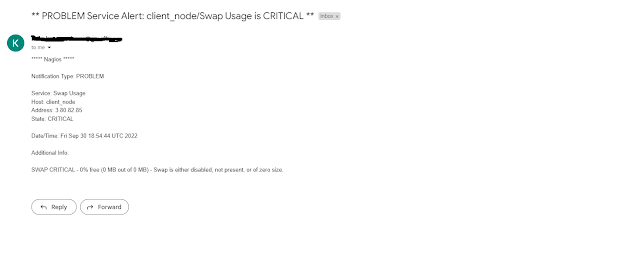Nagios Monitoring Tool & Its Features

Nagios Monitoring Tool and Features Hey Folks, Here is one of the best monitoring software in the market, which can monitor applications, networks, servers, memory, URL, HTTP, content, microprocessors, and many more. Why Nagios called Nagios: Nagios is a recursive acronym: " Nagios Ain't Gonna Insist On Sainthood " – " sainthood " ( पवित्रता ) makes reference to the original name NetSaint ( कोई संत नहीं ), which changed in response to a legal challenge by owners of a similar trademark. "Agios" (or "hagios" ) it transliterates the Greek word άγιος , which means "saint" . Nagios Monitoring Tool What is Nagios? Nagios is open-source software for continuous monitoring of systems, networks, and infrastructures (windows machine Linux machine, network devices, switches farewell, router, etc). It runs plugins on a server that is connected with a host or another server on our network or the Internet. In case of any failure, Nagios s...



